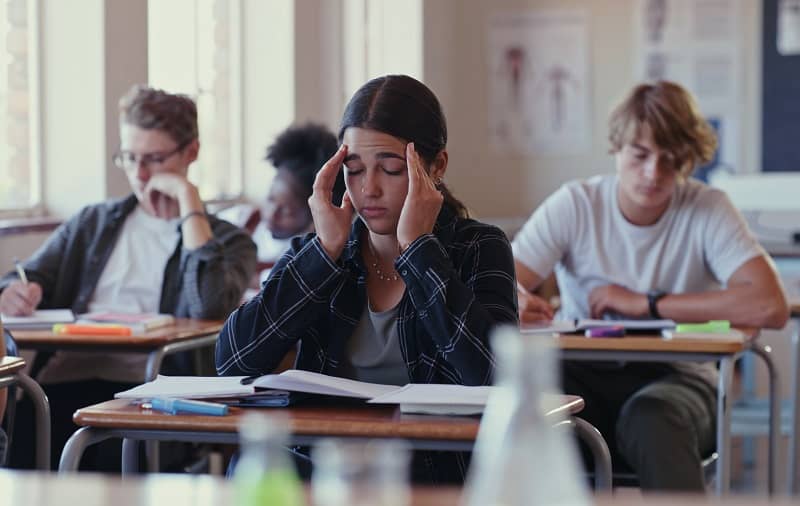Can states solve their public education problems by directing a higher percentage of spending into the classroom? That’s the goal of a nationwide movement known as “the 65 percent solution.” It aims to pass a law in every state requiring school districts to spend at least 65 percent of their operating budgets in classrooms “for the benefit of teachers and kids.”
According to the National Center for Educational Statistics, Oregon spends 59.4 percent of its school operating budgets in the classroom, while the national average is 61.8 percent. An audit by Oregon’s Secretary of State found that if we could raise our classroom spending to the national average by reducing support services spending, an additional $162 million per year could flow into Oregon classrooms. Raising our classroom spending up to 65 percent would direct several hundred million more dollars into classrooms.
Unfortunately, mandating such a change won’t necessarily lead to better educational outcomes. More likely, it could simply add pressure to raise overall spending with the increases going into higher teacher salaries. While that would benefit teachers, it’s hard to see how it would benefit kids. The evidence shows that introducing more competition and school choice will do more to benefit kids than simply throwing dollars into the classroom.
Spending limited dollars wisely is always a good idea, but the 65 percent solution has too many flaws to be worth much effort.
© 2006, Cascade Policy Institute. All rights reserved. Permission to reprint in whole or in part is hereby granted, provided the author and Cascade Policy Institute are cited. Contact Cascade at (503) 242-0900 to arrange print or broadcast interviews on this topic. For more topics visit the QuickPoint! archive.











